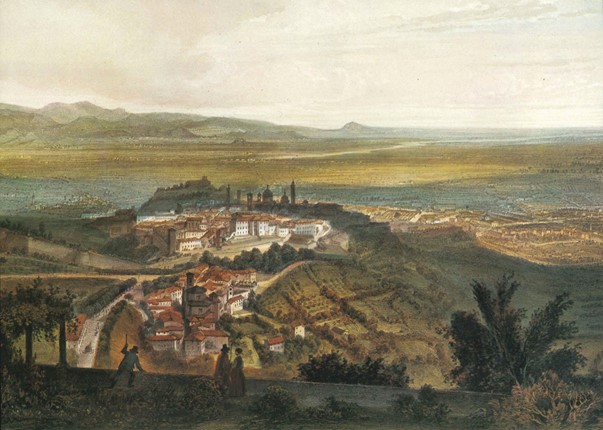"I was, without realising it, extremely sensitive to the beauty of landscapes'. Bergamo and the imagery of pleasant places in the young Stendhal
Abstract
In this contribution we aim to analyse the opening pages of Stendhal's Journal with a special focus on the landscape of Bergamo. The excerpts from the Journal we consider appear to be in tune with the 18th-century evolution of landscape theories and the concept of the picturesque linked to them, of which Stendhal was well aware, and are configured as the product of the young author's literary imagination, in those years all marked by the Rousseauian myth. These are not only the first occurrences in which Stendhal writes about landscape: even in their brevity, they testify to an already formed sensibility and aesthetic vision, which would be confirmed and enriched in the author's subsequent literary production. Moreover, Stendhal's landscape will become a reference point, among others, for 19th century travel literature, which will retrace its places and cultivate its imagery. The landscape of Bergamo thus became a topos of Stendhal's locus amenus and inspired the imagination of travellers and literary figures throughout the 19th century and beyond.

Downloads
Published
How to Cite
Issue
Section
License
Copyright (c) 2023 Elephant & Castle

This work is licensed under a Creative Commons Attribution 4.0 International License.





